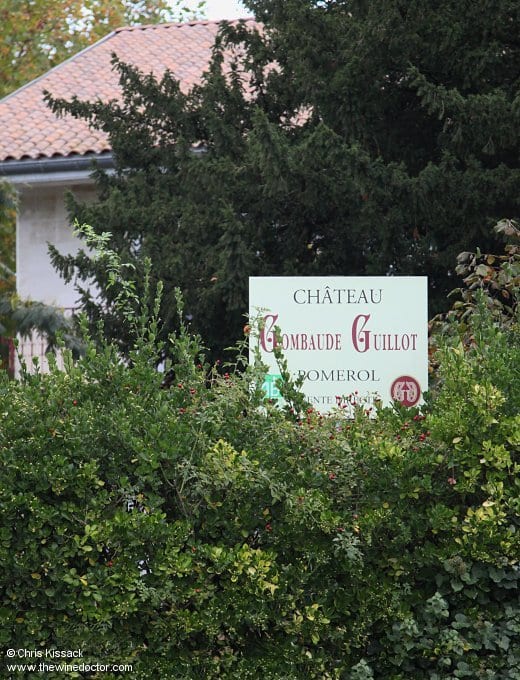Château Gombaude-Guillot
The appellation of Pomerol is not one of the largest in Bordeaux, that much is certain, and the desirable gravel and clay terroirs of the central plateau are only a small section of what is defined. As a consequence of this very finite nature, as well as the very high prices fetched by the wines of some of its leading estates, famous names on the plateau such as Le Pin and Petrus, land values here are now sky-high. Indeed, these are some of the most expensive vineyards in all of France. With this in mind it is tempting to believe that there are no discoveries to be made in Pomerol, that every inch of vineyard must have long since been planted and harvested, every wine marketed, reviewed and drunk to death. But this certainly isn’t the case; there is in fact a legion of lesser estates exploiting what are often very small tracts of vineyard, and they and their wines await discovery.
In many cases these estates are hidden in the backwaters of the appellation, to the west on the sands of Moulinet, or to the north and east, in the distant corners of the appellation, on the sandy slopes that run down to Barbanne, or the gentle slopes that run up to the Corbin sector of St Emilion. But this is not always the case, as there are also little châteaux nestled in corners on the gravels and clays of the plateau that seem to maintain a relatively low profile.

